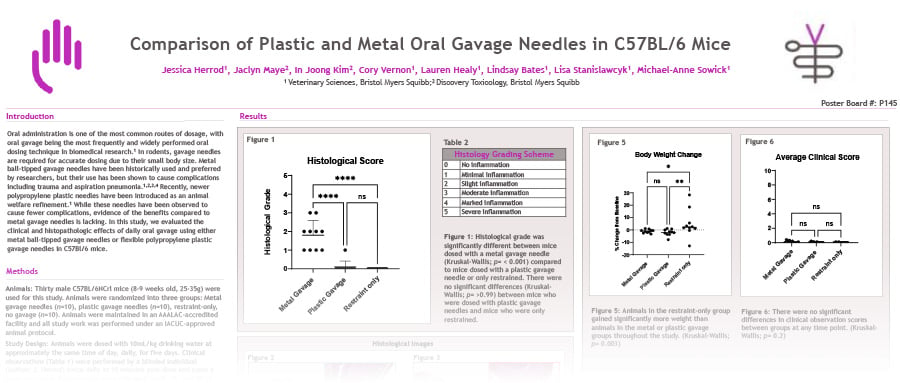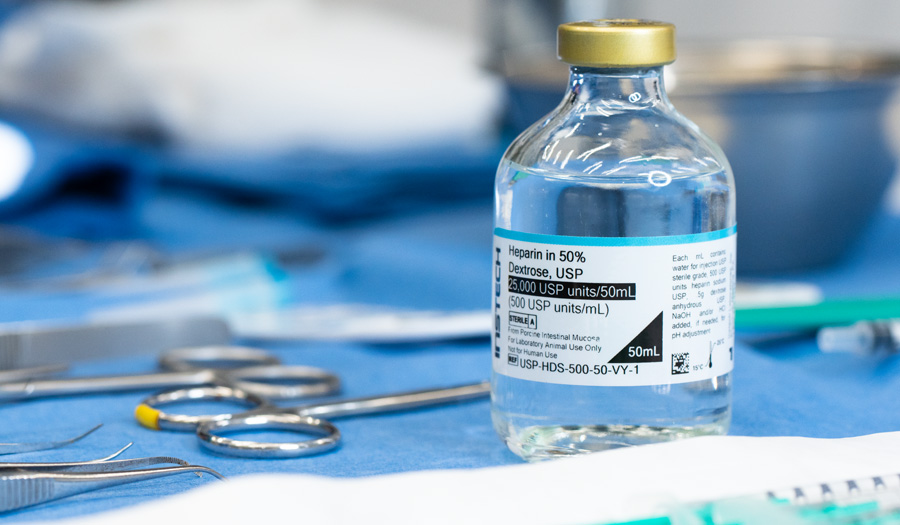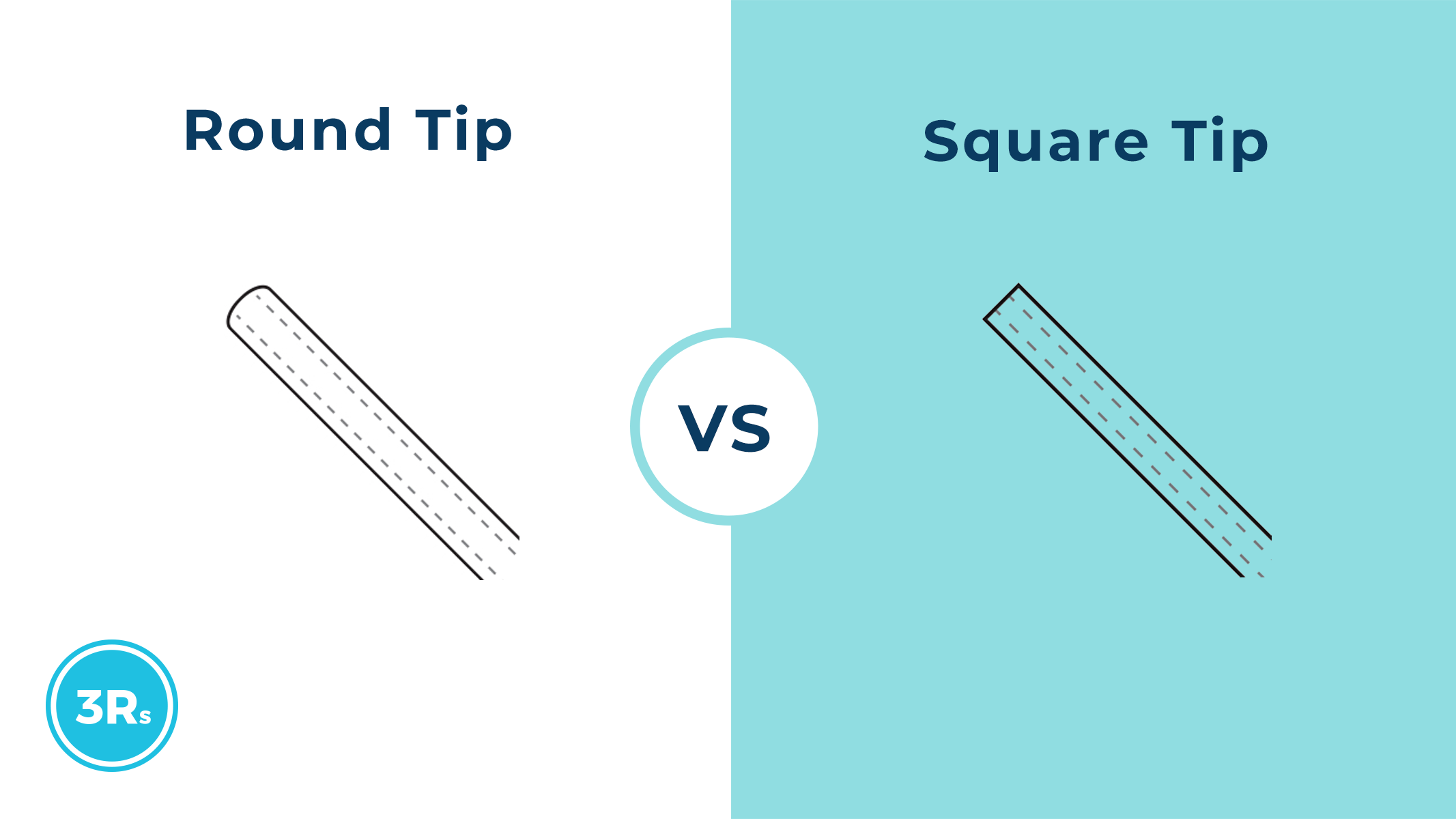Traditionally, stainless steel plugs are used to terminate externalized catheters. The process for accessing the catheter can be cumbersome: pinch tubing using a hemostat, remove plug, insert syringe, release pinch, infuse, pinch tubing, remove syringe, insert plug, release pinch. That’s a nine step process, and a process that is done over and over. It’s not only labor intensive, but can cause patency problems.
Fortunately, there’s a better way. PinPorts™ provide fast, aseptic access to externalized catheters, tubing or cannulae for dosing or sampling. This can reduce infection, improve patency and reduce the number of animals needed for a study. That’s good for animal welfare, cost effective, and good for data too. Not only that, but it’s efficient. By swapping out PinPorts™ for plugs, that nine step catheter access using a plug dwindles down to three simple steps: insert syringe, infuse, remove syringe.
Video: A Side by Side Look at Plugs vs PinPort™
So What is a PinPort™ Anyway?
The standard PinPort™ is a smooth 3mm-diameter port with 22ga, 25ga, or 28ga couplers. To help distinguish between vessels, the PinPort™ is available in white, red or blue (22ga only).
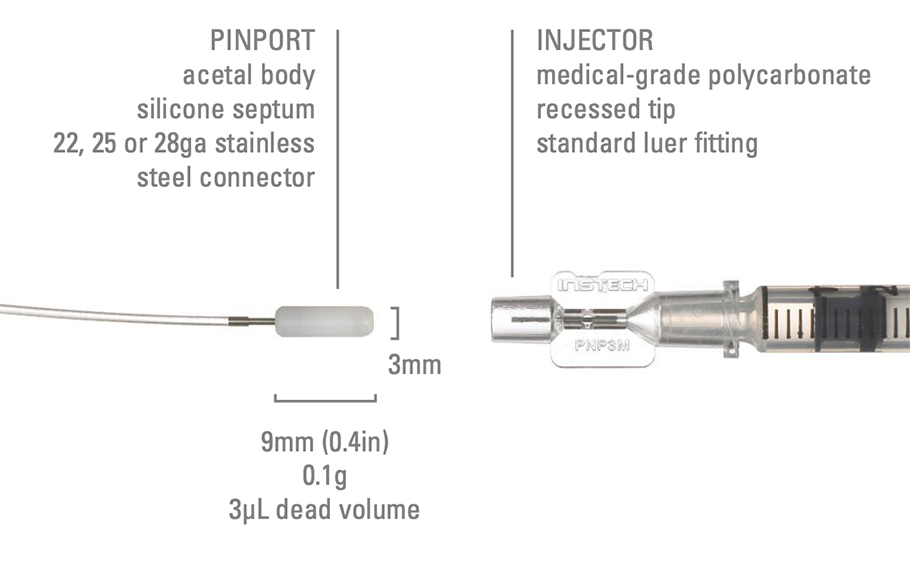
Installation is easy — just use a PinPort™ instead of a stainless steel plug to terminate externalized catheters. Then simply access the catheter through the port using a syringe with a PinPort™ injector.
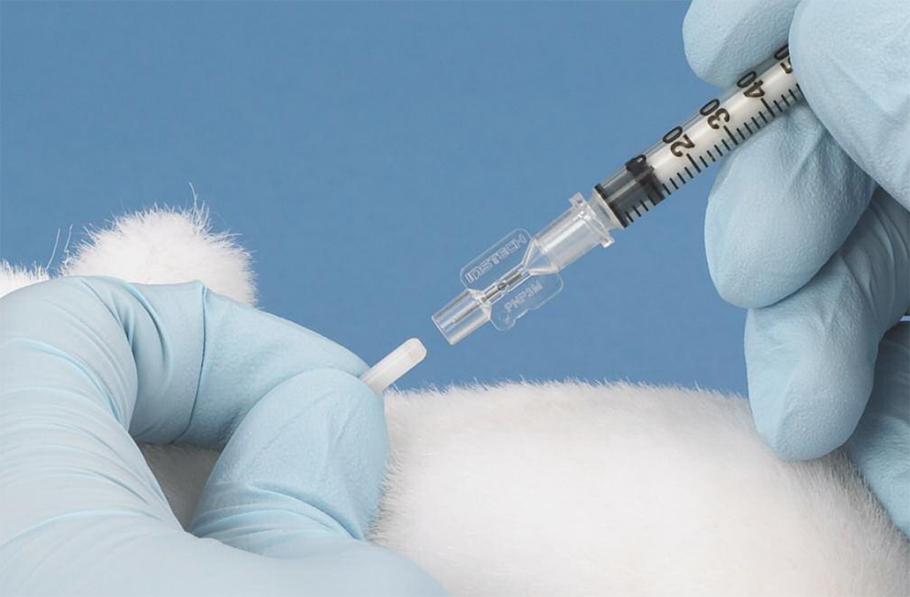
PinPorts™ can also be used anywhere in an infusion set where frequent connections and disconnections occur, so long as that join does not experience lateral forces strong enough to accidentally disengage the port during a study. (If you need a secure luer-lock connection, use a Rymed® connector instead.) Here’s a PinPort™ being used to connect a syringe to an infusion set in an infusion toxicology study, making syringe changes simpler and cleaner.
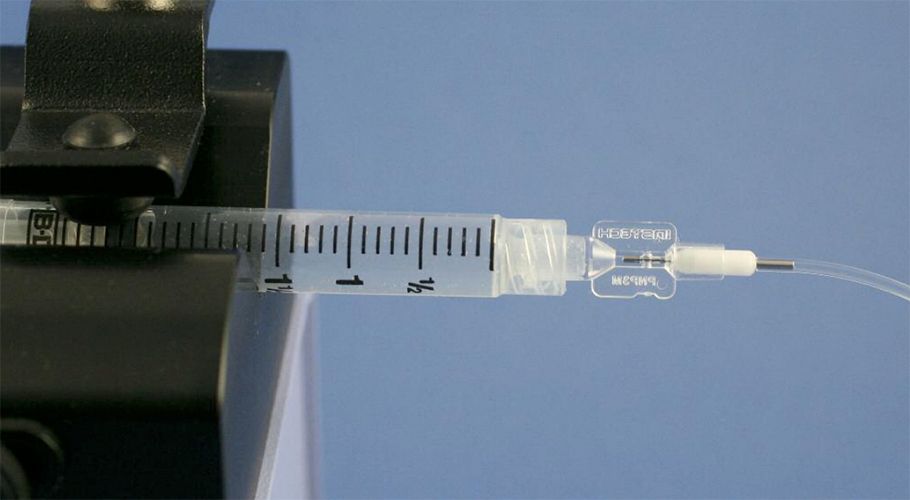
But Wait, There’s More
Have you ever wondered what is happening beneath the skin when you’re accessing catheters with blunt needles and plugs? We did, so we ran a test: with plugs, blood will fill the tip of your catheter every time, but with PinPorts™ you can use a simple technique to keep it out. See for yourself
How Can I Try PinPorts™?
Making PinPorts™ part of your research is easy. Catheterized animals can be ordered with PinPorts™, or their cousins for continuous access, Vascular Access Buttons™, already installed. Click here for a list of providers.
